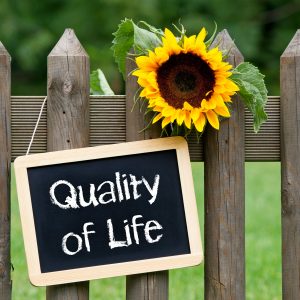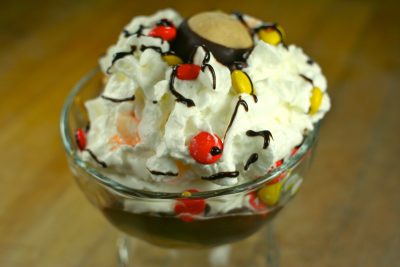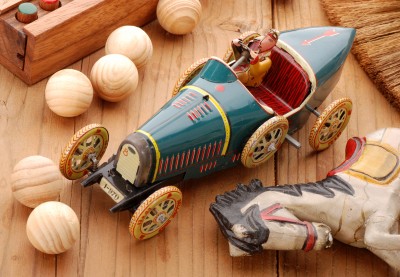 What exactly is the meaning of Life Enrichment?
What exactly is the meaning of Life Enrichment?
Quite simply, Life Enrichment it is the act of bringing purpose and joy to persons living with memory loss. As dementia progresses, engaging in a life skill or routine task becomes increasingly challenging, and seniors need the support of someone who can adapt activities so they can still feel a sense of accomplishment, success and enjoyment.
How do Activities differ?
In senior care, Activities are the entertainment, planned events, exercise classes etc. that are posted on weekly and monthly charts for anyone who is able to join in.
So, the question then is, are we too often confusing Life Enrichment with Activities?
Too often, the answer is yes. These are not the same, although they often intersect. Person-centered or resident-centered care models must focus on the individual (life enrichment), as opposed to the whole (activities). While activities are important to everyone living with dementia, those activities must bring purpose and joy to the individual, giving them a feeling of accomplishment.
When we fulfill the purpose, joy, accomplishment needs of an individual, we have a life enrichment model. For each person, that may or may not coincide with the activities that are offered to all the residents.
Digging Deeper into Life Enrichment
The needs of persons living with dementia change, sometimes daily or even hourly. Resident-centered care starts with understanding who they are now, and their life story, allowing us to capture the who, what, why, when and how of their life. Why is this so critical? Those long-ago snapshots allow us opportunities to engage with that person’s memories that are still intact. Persons with Alzheimer’s disease and other forms of dementia will most likely retain those distant memories of their younger years while short-term memories fade.
When we take the time to dig deeper, we discover the person they once were – and still are! Let’s look at an example:
Kate came into memory care with mid-stage dementia. She was listless and had no interest in taking part in the Activities that were offered daily. On the surface, you would think Kate was depressed and had no interest at all. After a life history assessment and talking with her family, the staff learned that Kate was a landscape architect, master gardener, and avid hiker! No one would have guessed coming in that Kate had such an interesting career and such knowledge and passion for gardening.
What might life enrichment look like for Kate? Spending time in the community’s outdoor garden, possibly taking part in garden activities with assistance, certainly photos of projects that she designed as a young architect would capture memories and spark conversation. How about finding out where some of her hiking adventures were and finding National Geographic and Travel shows that she might engage with? Perhaps your community hasVirtual Reality programming in place. There are tremendous products now that literally transform life experiences for persons with dementia. A memory basket of gardening items, tools that she used in her career and personal photos of her gardens, hiking adventures and certainly her projects could all be kept in a place where staff and families can access easily to engage in quality time together.
Kate may not find any interest in the Activities offered, but that doesn’t mean Life Enrichment has been sacrificed. For Kate, what gives her purpose, joy, and feelings of accomplishment are not found in the activities area. That’s okay! We’ve found the sparks with Kate, and maybe our activities can incorporate some of her needs, but we are certainly not relying on our Activities program to provide Life Enrichment to her as an individual.
For more information on reminiscence training and other innovative dementia programs, please visit http://www.AGEucate.com
Pam Brandon is President/Founder of AGE-u-cate® Training Institute, the creator of the Dementia Live® simulation experience, and Flashback™️ Reminiscence Training. She is a passionate advocate for aging adults and those who serve them. Pam may be contacted at pam@AGEucate.com
 As my mother’s Parkinson’s Disease progressed, it was very apparent that food and the mealtime experience became more important to her. So much so, that I remember saying “Mom’s still finds joy in yummy food”. That said, her “yummy” was not always the healthiest, but we wanted her to be happy. We knew that healthy foods were important, but probably not as important as the joy of witnessing her with excitement dig in to a chocolate fudge sundae with extra whipped cream. Now THAT was a quality dining experience!
As my mother’s Parkinson’s Disease progressed, it was very apparent that food and the mealtime experience became more important to her. So much so, that I remember saying “Mom’s still finds joy in yummy food”. That said, her “yummy” was not always the healthiest, but we wanted her to be happy. We knew that healthy foods were important, but probably not as important as the joy of witnessing her with excitement dig in to a chocolate fudge sundae with extra whipped cream. Now THAT was a quality dining experience! Montessori’s education method for childhood learning was launched in the early 1900s by Maria Montessori. It calls for free activity within a “prepared environment”, meaning an educational environment tailored to basic human characteristics, to the specific characteristics of children at different ages, and to the individual personalities of each child. The function of the environment is to help and allow the child to develop independence in all areas according to his or her inner psychological directives. In addition to offering access to the Montessori materials appropriate to the age of the children, the environment should exhibit the following characteristics:
Montessori’s education method for childhood learning was launched in the early 1900s by Maria Montessori. It calls for free activity within a “prepared environment”, meaning an educational environment tailored to basic human characteristics, to the specific characteristics of children at different ages, and to the individual personalities of each child. The function of the environment is to help and allow the child to develop independence in all areas according to his or her inner psychological directives. In addition to offering access to the Montessori materials appropriate to the age of the children, the environment should exhibit the following characteristics: